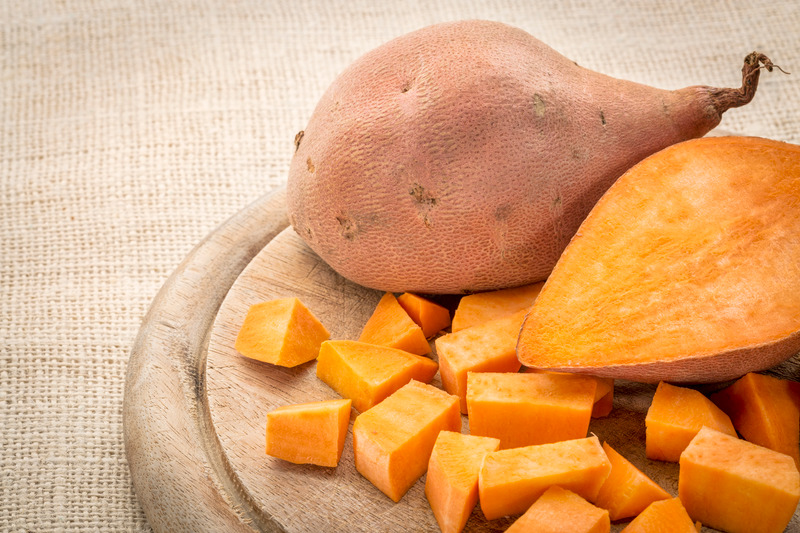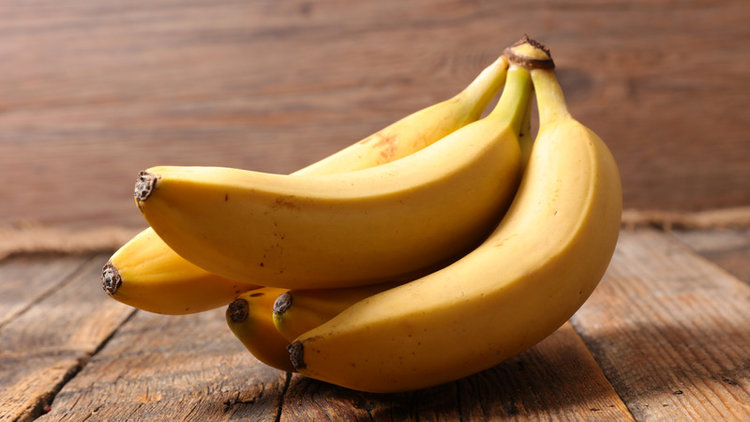Best Natural Sweetener Hacks: 5 Fun Ways to Bake with Fruits and Veggies for Kids
Baking was never my thing. I have always loved to cook, but prior to having kids, the thought of baking gave me a mild panic attack.
When my oldest started solids I knew I would be making a lot of my own foods. I’m sure it helped that I’m a pediatric dietitian literally teaching other families how to do this.
And then: viola. I became a baker.
I discovered how easy it was to make kid-approved baked goods sweetened naturally, without refined sugar, and only with fruits and vegetables.
As parents and caregivers, we all strive to provide our little ones with treats that taste great AND nourish their growing bodies.
That's where the magic of fruits and vegetables comes in.
In this blog post, we'll dive into five creative and mouthwatering ways to infuse natural sweetness into your kids' favorite baked goods using the power of nature's candy – fruits and veggies.
Say hello to a world of flavor-packed, nutrient-rich treats that will have your children asking for more.
Here are my five favorite non-refined and natural sweeteners I use in many of my recipes, how to use them in simple baked goods, and the nutrition they provide.
5 creative ways to add natural sweetness to kids baked treats with fruit and veggies
1. Ripe Bananas
Ripe bananas are a staple in my kitchen. When they get very ripe I pop them in the freezer (peeled and cut in half), so they can be used anytime.
Ripe bananas add sweetness to baked products, are easy to mash into recipes, and can also add a creamy texture.
These can be used in muffins, cookies, pancakes, waffles - the sky’s the limit!
I recommend mashing these with a potato masher or fork, or you can blend into a product for a smoother texture.
Two of my favorite recipes that use bananas are Spinach and Banana Blender Muffins and Spinach and Banana Yogurt Drops.
Bananas are a good source of many vitamins and minerals like Potassium, Vitamin B6, Vitamin C, Magnesium, Copper, Manganese, they also contain fiber!
Banana Recipes:
Spinach and banana blender muffins
Spinach and banana yogurt drops
2. Dates
Dates, similar to bananas, add are a delicious natural sweetness to baked goods.
They provide a wonderful sweet flavor, similar to table sugar.
Soaking dates in water before using them in a recipe and blending them up creates a nice date paste that can be versatile - like these date and oat balls.
One of my favorite ways to use dates are in black bean brownies.
Dates contain Potassium, Magnesium, Copper, Manganese, Iron, Vitamin B6 and are loaded with fiber. They can also provide some constipation relief, so can be a welcome addition into the diet of someone who needs a little help in this area.
Date recipes:
Date and oat balls
Black bean brownies
3. Applesauce and apple
Applesauce (or blended apples) can help sweeten your baking. It can be used as a sweetener or oil replacement.
I love making this applesauce amaranth porridge for breakfast.
Only have fresh apples on hand? Try grating it and add to a recipe - like my zucchini apple-cinnamon cookies.
Apples contain vitamin C, potassium and vitamin K, as well as fiber.
Apple Recipes:
Applesauce amaranth porridge
Zucchini apple-cinnamon cookies
4. Unsweetened shredded coconut
If you are a fan of coconut flavor, this should be a staple in your kitchen. Keep in mind, unsweetened coconut is different from coconut sugar or sweetened coconut.
Unsweetened coconut can be added to many recipes, like these sweet potato and coconut breakfast cookies.
Coconut contains all of the recommended macronutrients: carbs, protein and fat, and fat is a key nutrient in the development of babies and toddlers. Unsweetened coconut also contains calcium, copper, magnesium, potassium and zinc.
Coconut recipes:
Sweet potato and coconut breakfast cookies
5. Sweet potato
My final sweetener is a vegetable.
Sweet potato is a welcome addition to so many dishes, and blended or mashed sweet potato adds a creaminess to so many recipes.
My favorite way to add sweet potato is in my sweet potato banana mini muffins.
Sweet potato recipes:
Sweet potato banana mini muffins
And now, you are a pro.
Get baking and having fun in the kitchen.
If you need more ideas on creating nutritious foods for your family, check out my free school lunch guide - packed with tips on making school lunches easy and fun.
FAQs (some additional nuggets of information):
What is sugar?
Let’s have a short sugar primer.
Sugar refers to a simple carbohydrate.
There are natural forms of sugar that are found naturally in food, this would be the sugar in fruit (known as fructose), dairy products (known as lactose). Refined sugar typically comes from sugar canes or sugar beets, where the sugar is extracted from these products. This refined sugar does not typically have much additional nutritional value besides the carbohydrates, whereas sugar from fruit and milk products have the benefits of vitamins and minerals, protein and fiber.
Are sugars from fruits and vegetables better than table sugar?
I want to be clear that I am in no way shaming table sugar or other forms of sugar. I believe that sugar has a place for children.
But, when I can find a recipe that doesn’t use table sugar, and has the added benefit of nutrients from a fruit or vegetable, that’s a win in my book.
What is a “natural sweetener”?
The term “natural” is thrown around a lot when it comes to food and nutrition. And guess what? It doesn’t have a great definition. The FDA defines “natural” as nothing artificial or synthetic has been put into a food. This is a pretty broad definition. I use the term natural in this blog post as it relates to adding the whole fruit or vegetable into a finished product.






